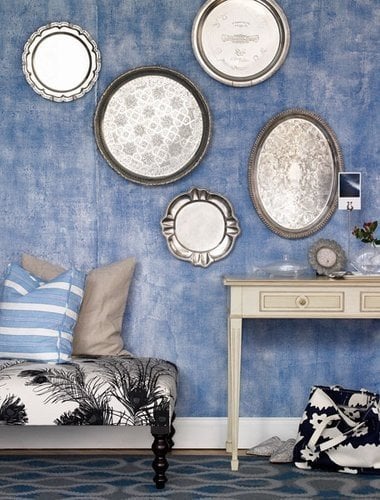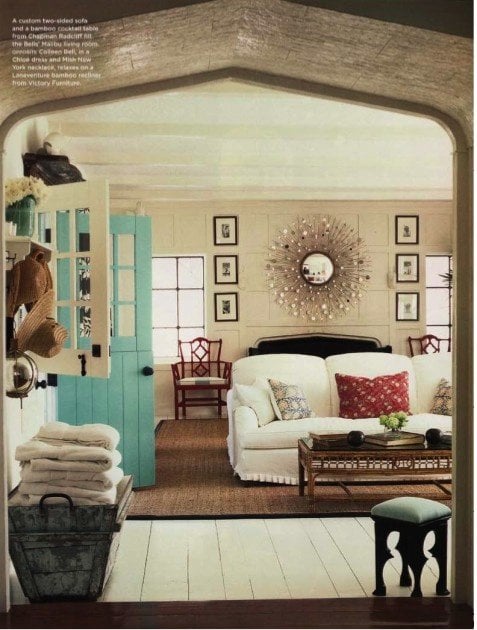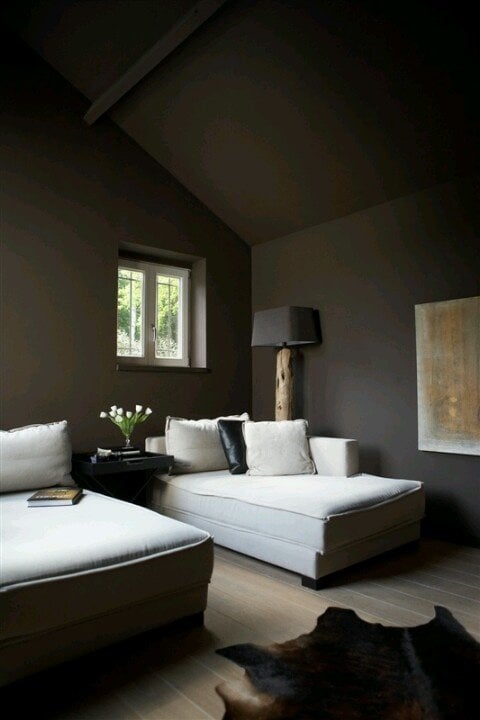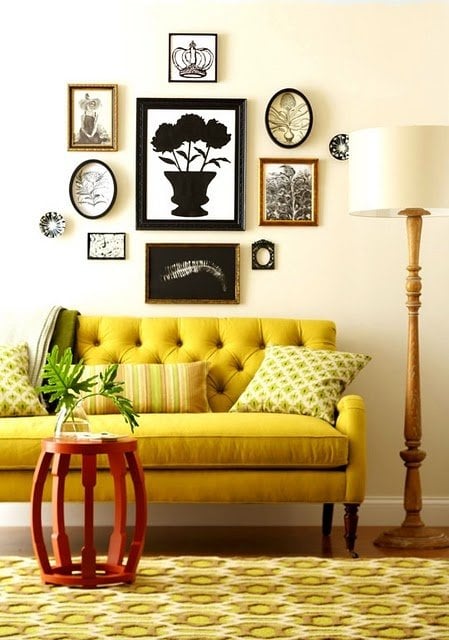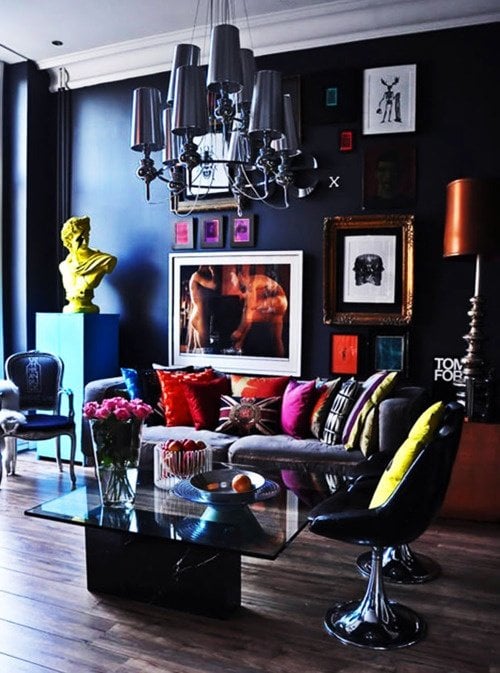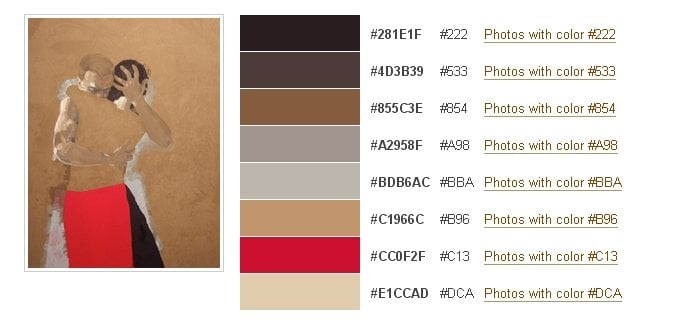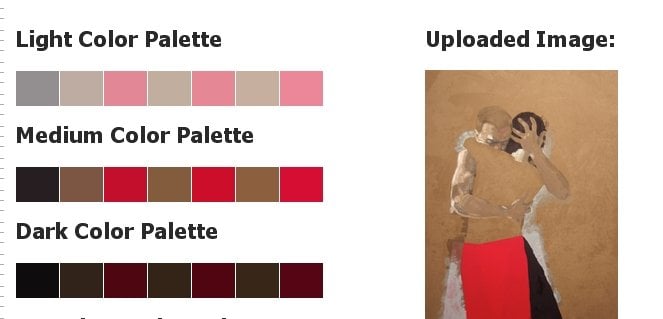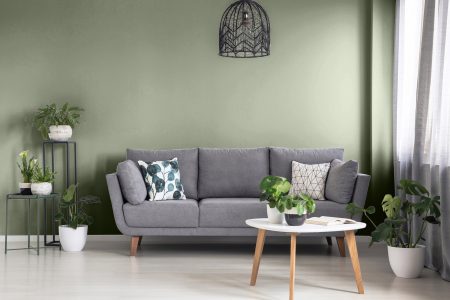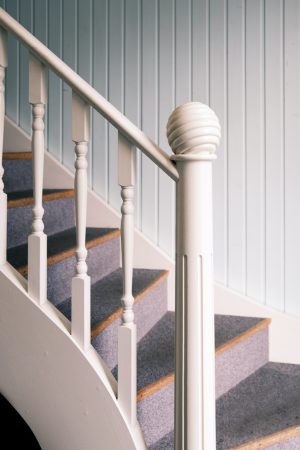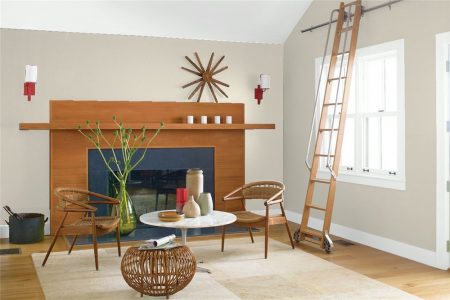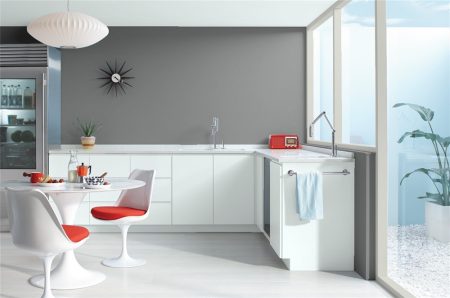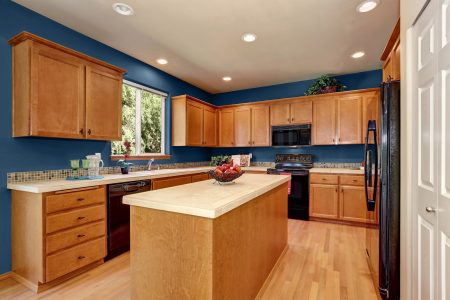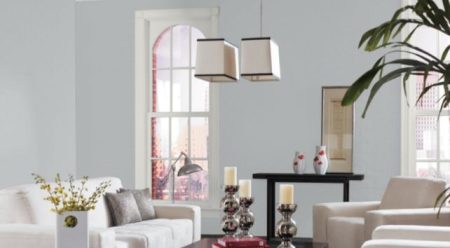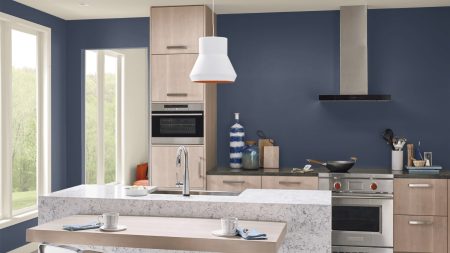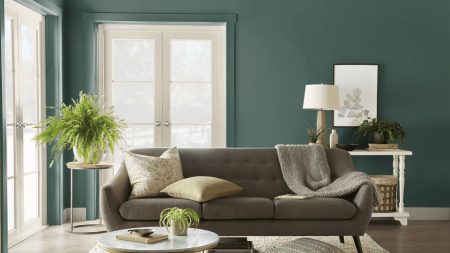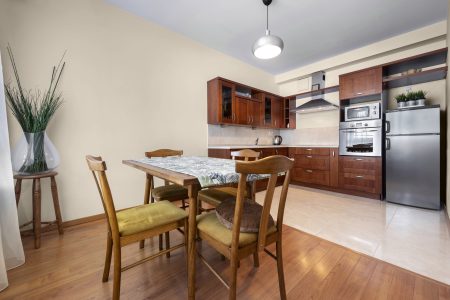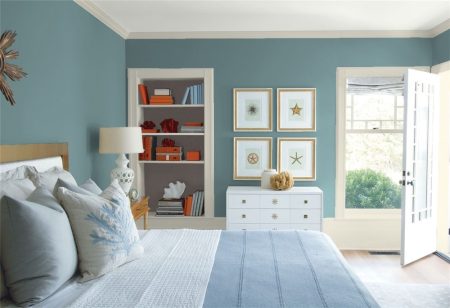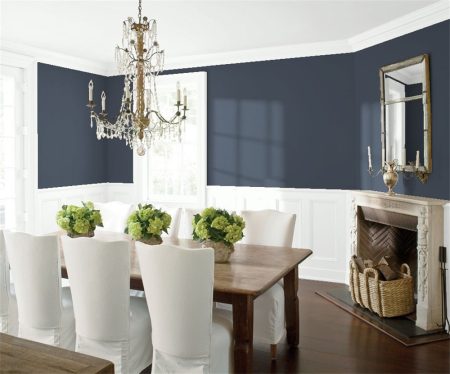Paint Colors – Choosing Walls You Love to Live With – Part Two
Fresh new paint colors can make your rooms look amazing. Pick the right color palette and you won’t have to paint for years. Pick the latest neutral trend and decorate your entire home based on it and you could find yourself painting and decorating every few years. If you missed Part One Paint Colors – How to Choose Wall Paints and Room Colors you can read it here.
Source: patbates.com via Christine on Pinterest
I’m not suggesting you decorate once and leave it. Your home is a breathing organism not a museum. It needs new ideas, life, color and change; like you need food and exercise.
Surround Yourself with Paint Colors You Love
So the rule is ‘surround yourself with colors you love, to create the ambiance you love and surround yourself in‘. If you loved brown before the brown trend, you’ll probably still be drawn to it when green is the latest hit.
And if you love vibrant colors then you will still love them when the gray trend is over. Follow what you love and you will create a timeless home.
Colors can be categorized as:
- Light or Dark
- Cool or Warm
- Pure or Muddy
The easiest way of discovering a paint’s undertone is to compare it to another color. Simple comparison makes the whole process easier especially if you have other things in a room. That means comparing the new paint colors to anything and everything already in the space.
Some things you can change, others you can’t. You may want to consider the fixed architectural items like tiles walls, cabinets, flooring and window trims and your furnishings separately. If you can’t move it, then consider it a fixed item and something you have to live with, whereas furnishings, like sofas, curtains, dressers, tables and accent lighting, you can move around or eliminate.
Source: restylinghomebykellyblog.com via Kate on Pinterest
Before we move on there is something else to consider when looking a changing your color scheme and choosing new wall colors – natural light. That’s when the whole lighter-darker concept really comes into play. When you have a dark room with little natural light its common place to go for a light or white color in an attempt to lighten the space. This rarely works. Instead you have created a room that leans towards gray and is full of shadows. Low natural light can benefit from rich saturated colors. You will create amazing mood and interest.
Add to this mix the concept of color undertone and you will discover how to find the right paint color every time. Yes, every time! Sounds like a tall order. But if you can find the undertone in a paint color your paint colors will sit harmoniously side by side instead clashing.
Paint Color Undertones
Now let’s get to one of the most important criteria when selecting a wall color; undertone. The undertone is the color under or through the main color.
Undertone becomes visible when:
- comparing it to other colors shades on painting swatches from the same family
- you spread your paint very thinly onto a white surface using a painting knife, or by diluting it or
- when you compare your swatch to the pure color.
Notice how the undertones are different. This technique is great when selecting white walls; one of the most misused colors in the color palette. You will be amazed to see yellow, blue, pink or even green when you really look. White is still a strong decorating trend. You can read more here on white walls.
Are you selecting pink undertone or yellow undertone? Which do you prefer and which goes with your existing decor? Good questions to ask before you select your paint color.
Your choice of undertone becomes important when you consider undertones of your largest surfaces such as floors, walls, ceilings or cabinets or selecting a color palette for your entire home. Even if each room is a slightly different color, connecting them with a similar undertone will maintain a sense of order and harmony to the eye and your space.
Choosing a Paint Color for Your Existing Decor
Coordinate with Your Upholstery
Ever owned a sofa you’re not crazy about and tried to remedy it with a wall color you love? The result is never perfect. They each exist in different worlds. Until you own a sofa you love, choose paint colors that brings out the best in what you have. It will improve the look of the sofa and harmonize your space.
Source: blog.hgtv.com via Christine on Pinterest
Making Up for No Architectural Elements
Rooms with architectural character both limit and give you something to play with. Rooms with great bones and natural light can take almost any color. Light colors make these spaces shine. But when you have the opposite, go dark. It may sound counter-intuitive, but it creates presence. Pale blue, green or muted walls sounds good, but in reality they can look clinical in this kind of space.
Add drama with a stronger or tinted color on the ceiling; it can dramatically change the feel of a room. Balance these powerful colors with bright accent pieces and great task lighting.
Source: thedecorista.tumblr.com via Christine on Pinterest
But what do you do with a room with no architectural features? One way is to paint them with saturated colors. Consider a dark, low ceiling, carpeted basement apartment. Attempts to make it look light and sunny by painting it bright white will look completely out-of-place and will look rather depressing and sad. On the other hand, going dramatic with a charcoal gray will create a romantic and chic ambiance.
What about a small bathroom with no windows? You can create a clean, contemporary look painting it black or navy with lots of white trim. Add mirrors to capture more light and add to the drama.
Darker paints need good wall texture. You can disguise or minimize wall irregularities using extremely dark and matte paints. But choose a color in the middle tones and your bad wall will suddenly look shocking.
Using Art as Your Color Palette Inspiration
If you have a piece of art you love, use its colors as your color palette guide. Use an app like Big Huge Labs or CSSDrive to find a color palette that suits your piece. Select a subtle accent color to bring a fresh dimension to your room. Choosing the main colors from your piece can minimize or detract from your art, making your space feel overbearing or look monochromatic.
That’s Part Two of Paint Colors for your walls. See you next time for Part Three and on Facebook for more ideas! If you like this article – please share and why not join the email list and grab a free copy of 42 Interior Decorating Secrets?
